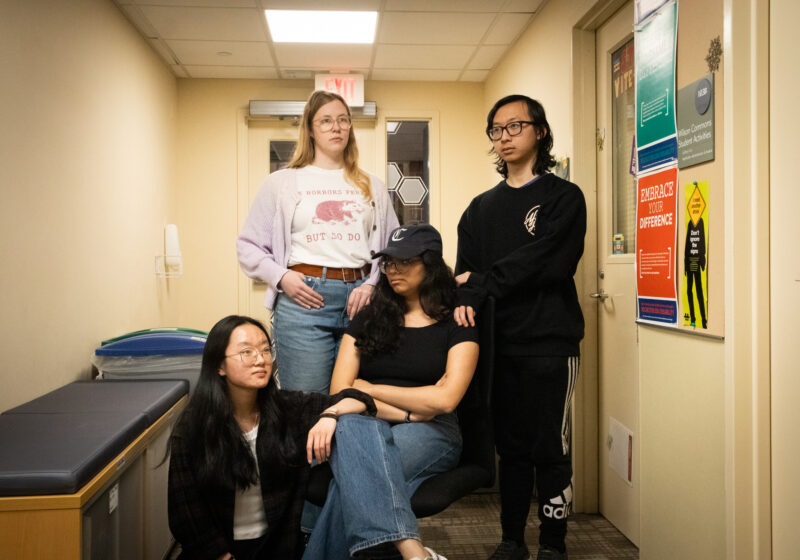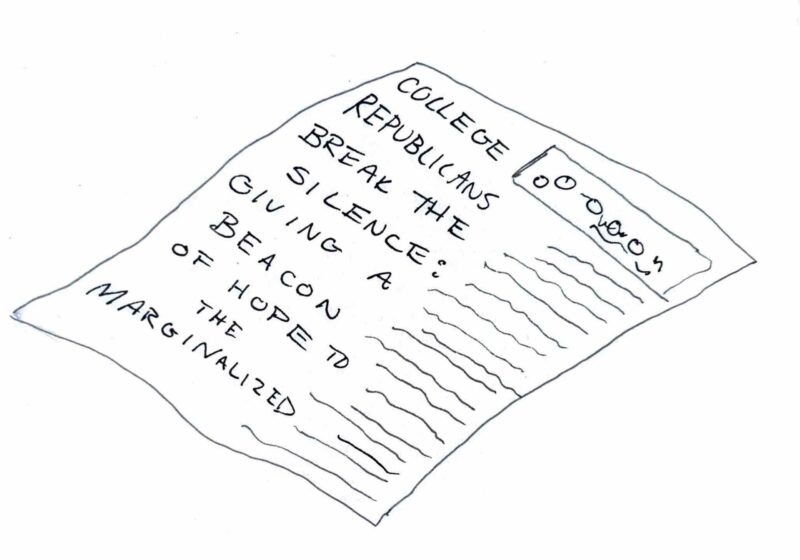UR recently announced a new clean energy policy for all residential life buildings on the River campus. All of the electricity powering the residence halls is now offset with wind energy credits. The move is aligned with the principles set forth by the University Council on Environmental Sustainability, which was created by UR President Joel Seligman in the fall of 2007.
The wind power plan, first discussed in late spring and finalized in June, involved the purchase of 11.6 million kilowatt hours of renewable energy credits, which should cover the residential life utility bill for the next two years. The University purchased the energy credits from Community Energy, a company devoted to developing wind farm technology.
In the University’s agreement with the company, five percent of the wind energy will originate in N.Y. wind farms, while the remaining 95 percent will come from states across the nation.
Wind energy is a relatively new phenomenon. Wind turbines have the ability to replace the fossil fuel combustion process as the power generator for electrical grids, reducing greenhouse gas emissions in the process. The purchase of kilowatt hours was a purchase of clean, renewable energy put into the power grid.
‘I think it’s really good that the school is using wind power and that they did it without a push from the students,” Grassroots member and sophomore Elizabeth Baker said. ‘It’s great that the school is taking a step to be energy conscious and that they are willing to be. It’s a progressive approach. With student input and collaboration, we could do even more.”
University administrators view the wind credit project as part of a larger sustainability initiative.
‘We view this as a step moving us toward more green energy for the University,” Vice President Ronald Paprocki, a co-chairman of the University Council on Sustainability said. ‘We will evaluate this against other green options for moving forward. But we think that it is a good step.”
The Sustainability Council led to the subsequent creation of the University Council on Sustainability, co-chaired by Paprocki and Provost Ralph Kuncl.
The decision to use renewable energy is aligned with the principles of this committee.
For now, the wind power effort will be limited to residential life buildings, but Paprocki did not rule out extending the effort to academic buildings and facilities across the River Campus.
‘The costs of supplying the residence halls are quite modest in comparison with our overall utility bill,” Paprocki said. ‘As wind energy becomes more available, prices will decrease.”
Although UR has just begun powering buildings with wind energy, several other schools have already begun utilizing wind technology.
At the University of Vermont, school officials have set up a wind turbine on campus for educational and energy purposes. The move is expected to cut the school’s carbon emissions by 3,500 to 5,900 pounds.
The University’s sustainability initiative is one of many plans across campus, some of which are helping to offset the costs of the new wind credit system.
For example, the replacement of incandescent light bulbs with fluorescent ones in the dorms is saving money, while the new University Health Services building’s motion-censored lights are saving energy. UR has also joined the Pride of New York program, which is designed to encourage colleges to use locally produced food in their dining halls. Now, 11 percent of food purchased by Dining Services is locally grown.
If the Wind Power project is deemed a success, more sustainabile plans could be in the works. A pilot program in solar power is currently under consideration.
Willis is a member of the class of 2011.




